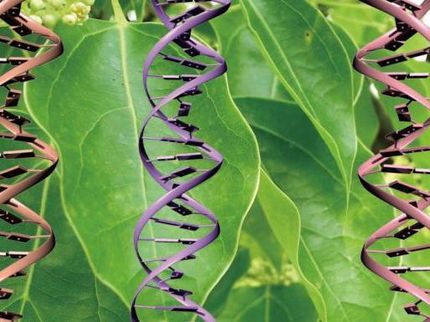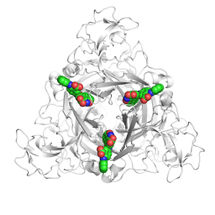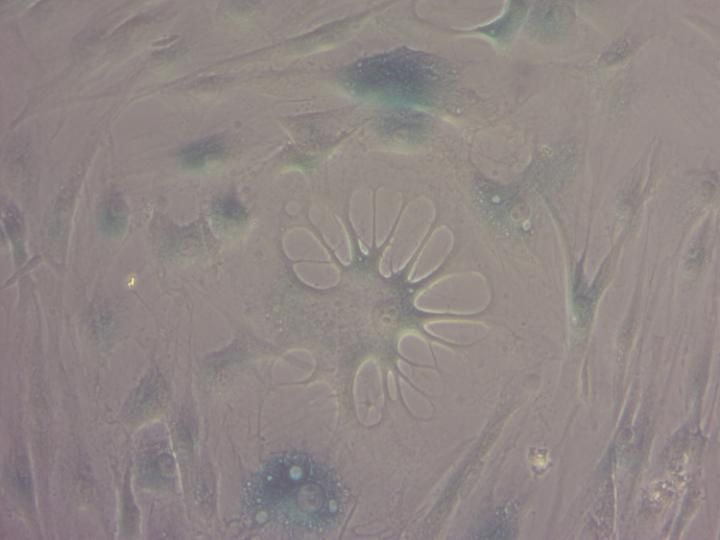Molecular middle managers make more decisions than bosses
Advertisement
Organisms are structured at the molecular level in ways similar to social hierarchies. In some, master genetic regulators call most of the shots, and in others most of life's activities are carried out by more egalitarian collaborations. Knowing these organizational rules will help us understand biological systems and our social interactions, argues Mark Gerstein, A L Williams professor of biomedical informatics, molecular biophysics and biochemistry, and computer science. He is the senior author of a paper on the subject published in Proceedings of the National Academy of Sciences.
Gerstein and postdoctoral associate Nitin Bhardwaj analyzed regulatory networks of five diverse species, from E. coli to human, and rearranged those systems into hierarchies with a number of broad levels, including "master regulators," "middle managers" and "workhorses." In most organisms, master regulators control the activity of middle managers, which in turn govern suites of workhorse genes that carry out instructions for making proteins.
As a general rule, the more complex the organism, the less autocratic and more democratic the biological networks appear to be, researchers report. In both biological systems and corporate structures, interactions between middle managers are often more critical to functioning than actions by bosses. "If my department chair takes another job, the emphasis of my lab might change, but it will survive," Gerstein said. "But if my systems administrator leaves, my lab dies."
In simpler organisms such as E. coli, there tends to be a simple chain of command in which regulatory genes act like generals, and subordinate molecules "downstream" follow a single superior's instructions. Gerstein calls these systems "autocratic." But in more complex organisms, most of these subordinate genes co-regulate biological activity, in a sense sharing information and collaborating in governance. Gerstein labels these systems "democratic." If they share some qualities of both they are deemed "intermediate."
The interactions in more democratic hierarchies lead to mutually supporting partnerships between regulators than in autocratic systems, where if one gene is inactivated, the system tends to collapse. This is why Gerstein and colleagues in earlier work found that when they knocked out a master regulating gene in a complex organism, the "effects were more global, but softer" than when a key middle manager gene in a simpler life form was inactivated, which led to the death of the organism.
"Regulators in more complex species demonstrate a highly collaborative nature. We believe that these are due to the size and complexity of these genomes," Gerstein said. For example, about 250 master regulators in yeast have 6000 potential targets, a ratio of about one to 25. In humans, 20,000 targets are regulated by about 2,000 genes, a ratio of one to 10.



















































